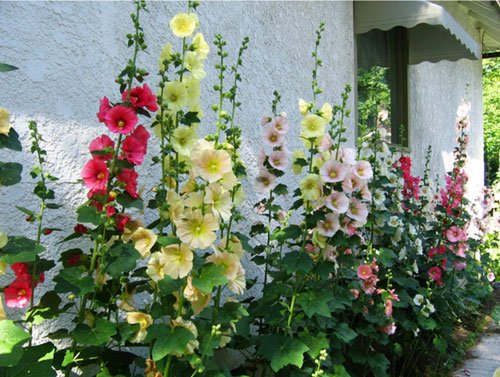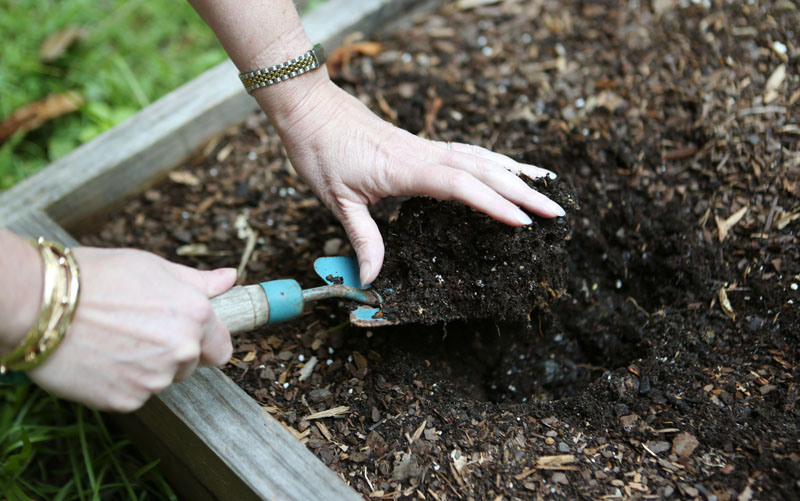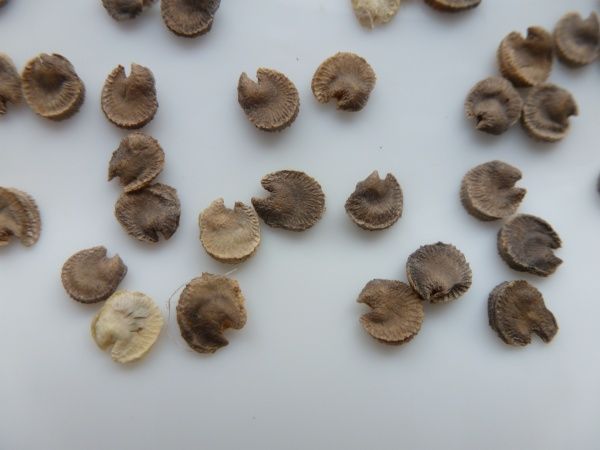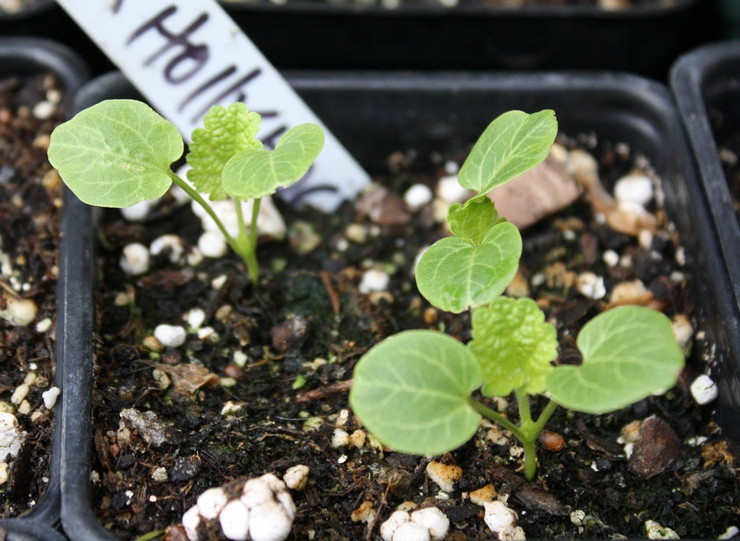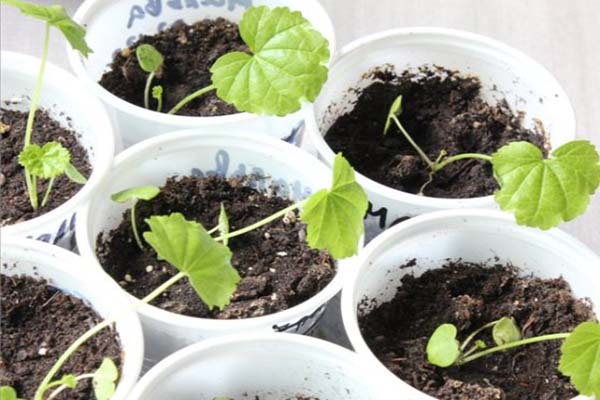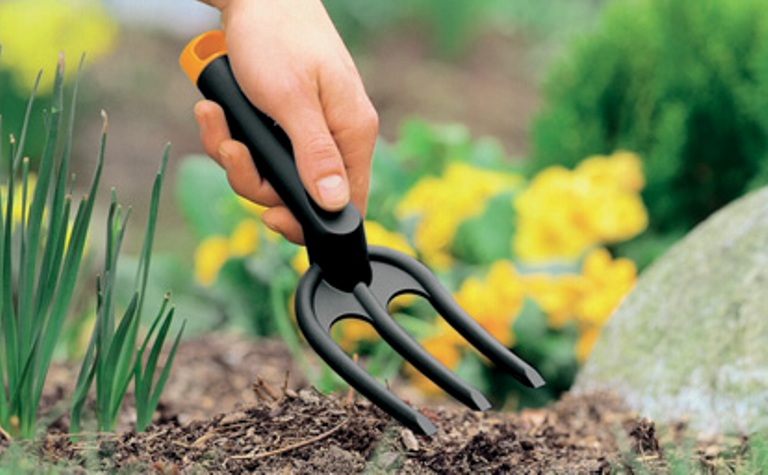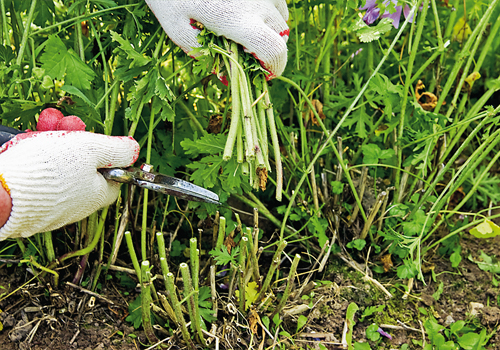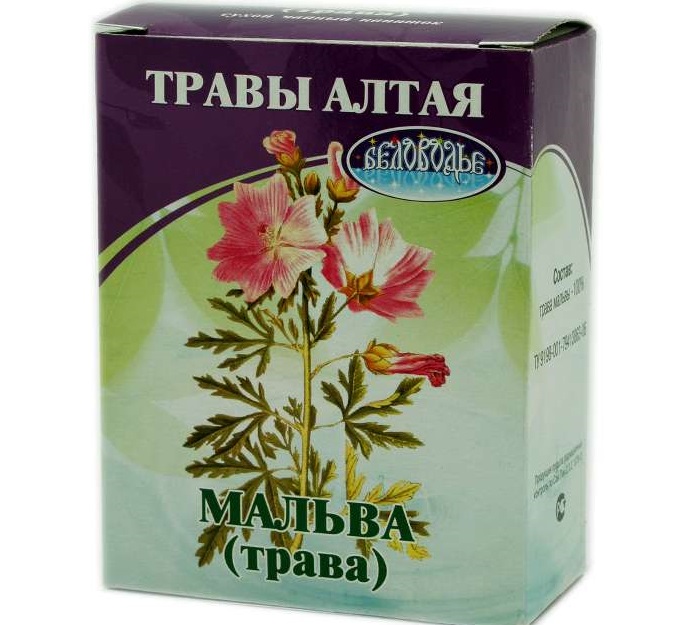Content:
Mallow, aka the stock-rose, is often found in gardens. Florists tend to underestimate the decorativeness of this plant, considering it rustic and not fitting into group plantings in flower beds. However, perennial mallow, properly planted and well-groomed, can decorate any landscape with its slender beauty.
The varietal variety of this flower is very extensive, and the annual care of it does not require a lot of hard work. The reason why it is worth abandoning the planting of mallow can only be the harsh northern climate.
Mallow in landscape design
Perennial mallow looks great as a flower bed decoration next to bush and creeping plants. It can also serve as part of a hedge, cover an unsightly fence or wall.
Having selected mallow varieties according to their shades, you can make a "solo" composition, without the participation of other flowers. If it was decided to diversify the flower bed, you can plant dahlias, marigolds, sage, iberis, ageratum next to the mallow.
Landing rules
For such an unpretentious flower as perennial mallow, planting and care will not be difficult. Even a beginner in floriculture can plant and grow it. The main thing is to comply with all the rules of agricultural technology.
Seat selection
Stock rose is drought tolerant, loves sunlight. It is undesirable to plant it in the shade. The plant can produce small, faded flowers.
Mallow is sensitive to waterlogging, therefore, drainage is required on heavy soils. Low-lying areas with heavy, poorly aerated soil will not work. You can get out of the situation by arranging an artificial small mound on which to plant the mallow.
Before planting, the earth is thoroughly dug up, adding humus or compost if necessary. For greater air permeability, you can add river sand.
Sowing in open ground
The easiest and most common way to plant perennial mallow is by seeds. Its only drawback is that when planting hybrid varieties, their characteristics are not preserved. Breeding of hybrids is carried out by cuttings.
It is worth opening the season for collecting seeds when the seed pods turn yellow. After that, the resulting material is dried for 14 - 20 days at a temperature of about + 12 ° C.
In mild winters and fairly loose soil, self-seeding is possible. Favorable conditions for planting in open ground in spring come in late May - early June. The seeds are pre-soaked for 12 hours in warm water to soften the shell. Then they are sown in loosened soil, at a distance of 50 - 60 cm, without making grooves or holes. Sprinkle a little humus on top. Water gently, avoiding washout. Seedlings will begin to appear in 10 to 14 days.
You can also plant a perennial in autumn when the seeds are ripe. Similarly to spring, it is carried out in loose soil, sprinkling the seeds with a nutritious substrate. Moreover, in late autumn, the beds are covered with straw or sawdust. Early spring shoots are very vulnerable to frost damage.They should also be covered until warm, steady weather sets in. Do not forget about carefully loosening the soil and removing weeds if necessary.
Mallow seedlings
Mallow seeds for seedlings are sown in February-March. It is advisable to take peat pots for this, which will facilitate the subsequent planting. The planting substrate should consist of 2 parts of garden soil, 1 part of sand and 1 part of humus.
The temperature during cultivation should not be lower than + 18 ° С, additional lighting with lamps is a prerequisite.
Mallow does not like excessive moisture, but reacts well to regular spraying. When it gets warmer outside, the seedlings are taken out into the open air for hardening. The time intervals for being outdoors are gradually increasing. Landing in open ground is carried out when favorable weather conditions occur. Usually this is May - early June. The distance between neighboring plants should be about 60 cm, as the mallow root is very developed.
The seedling method allows you to get flowers in the first year of the plant's life.
Cuttings
Varietal stock roses are propagated by cuttings. Gardeners do not favor this method because of the low survival rate of planting material.
The grafting procedure itself is not difficult:
- Shoots are cut from an adult plant with a clean tool.
- The cut site is disinfected.
- The resulting cuttings are dipped in a root growth stimulator and planted in separate pots with soil.
Perennial mallow care
Many gardeners who have managed to discover garden mallow for themselves admitted that it is extremely easy to care for it.
Watering
Enough once a week, subject to wet weather, do not water abundantly. This can lead to stagnation of moisture at the roots, and, as a result, to disease.
Fertilizer
Mallow does not require frequent feeding, it is enough once a year. You can use both a mineral complex fertilizer for garden plants, and organic matter: compost, humus. If the soil under the mallow is not too fertile and the plant blooms poorly, you can feed it with a nitrogen-phosphorus-potassium composition. In this case, be sure to adhere to the dosage indicated on the package.
Loosening
The flower loves light, loose soil. Therefore, you will have to loosen the ground at the roots weekly. This will also protect the plant from the neighborhood of weeds, which not only take nutrients from young plants, but are also carriers of diseases and a home for pests.
Preparing for winter
With all the endurance of mallow, in the north for the winter it is advisable to cover it with straw, spruce branches or foil. Previously, the bush is cut off at the very ground, compost or humus is added to the root near the soil.
Garter
Tall varieties can be affected by the wind, therefore they need a garter to specially hammered in pegs (height 1.5 m) or any other suitable support.
Pruning
To prevent the flower from losing its decorative effect, the faded buds are cut with sharp garden shears. It is also needed to increase the duration of flowering. Otherwise, the plant will give strength to ripening seeds, and not to new buds. After the entire branch has wilted, it is also shortened, leaving about 30 cm.
Transfer
Malva does not tolerate transplantation very well; it rarely takes root in a new place. Therefore, it is not recommended to change location.
Diseases and pests
Mallow is rarely attacked by pests. Diseases of this flower most often occur due to excessive moisture. The most common of these is powdery mildew.
Mosaic virus and rust also affect mallow. It is advisable to destroy the affected plants in order to avoid the spread of the virus. At the beginning of the disease, mallow can be treated with fungicides, a solution of colloidal sulfur, trichodermine, adhering to the stated dosage.
What a gardener needs to remember
Experienced flower garden owners not only grow beautiful mallows on their own, but also share their little secrets:
- seeds that have been stored for 2-3 years have the best germination;
- by planting a number of mallows of different varieties, you can achieve cross-pollination;
- it is better to plant plants with different flowering periods on flower beds;
- to be sure of the abundance of seedlings, it is better to sow seeds in the ground in 2-3 pieces together. If all come up, they can be thinned out;
- flowering will be more abundant and brighter if mineral fertilizers are added to the water during watering;
- mallow blooms from June to October, which makes it a versatile plant for flower beds, blooming all summer.
Perennial mallow is widely used in folk medicine. All parts of the plant are beneficial, including the roots and leaves. Also, the stock rose is used in cooking and industry.
Perennial mallows are divided into several types:
- Sudanese mallow. She is a Sudanese rose or hibiscus. Mainly grown for flowers and fruits. A shrub and tree-like form is known;
- musk mallow or nutmeg. Low view (up to 1 meter). Has a pleasant aroma, long flowering;
- tree mallow. She is garden hibiscus. Differs in height up to 3 m, is cultivated as a tree or as a bush;
- wrinkled mallow. It is this species that is often called the stock-rose. Height may vary depending on the variety. Differs in the presence of varieties with semi-double and double petals;
- hybrid mallow. Differs in a wide variety of varieties with petals of various colors.
A beautiful and useful plant that has practically no drawbacks in cultivation, mallow will not give up for a long time. It will remain in demand and interesting for flower growers from different countries. Rarely is there such a beautiful and unpretentious flower as mallow, planting, care and cultivation of which everyone can do.
